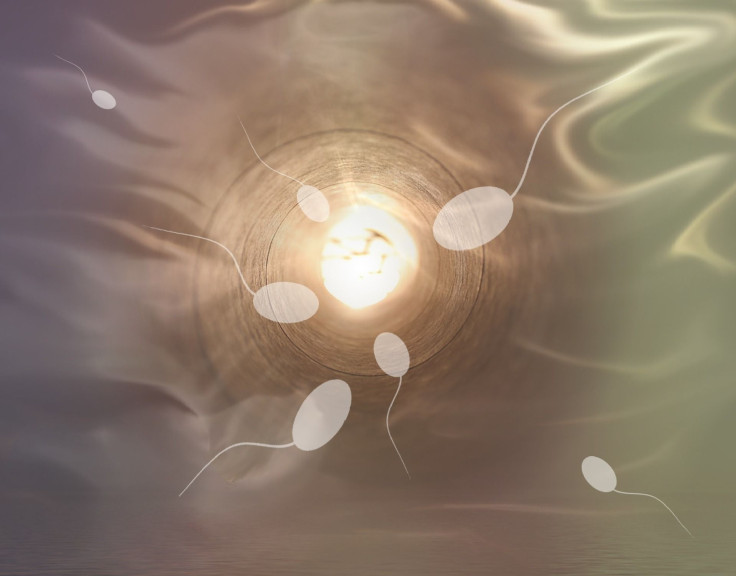Artificial Sperm? Researchers Say They're Getting Closer To Replication

Scientists in England announced they have come closer to recreating the process in which the human body makes sperm, according to the Guardian, which could help with new infertility treatments in the future.
The scientists recently presented the discovery at the Progress Educational Trust annual conference in London. The findings were delivered by the director of germline and epigenetics research at the University of Cambridge’s Gurdon Institute, Azim Surani.
Surani's team is believed to be the first to have reached the halfway point on the developmental journey between human stem cells to immature sperm. The findings suggest it could be possible to one day create sperm and eggs from stem cells or adult skin cells.
The team of scientists are trying to track and understand the developmental pathway that happens in the body when embryonic cells turn into immature sperm through meiosis, which is made up of different complex stages. Cells follow the same journey for about eight weeks until they split towards different tracks, depending if they’ll be sperm or eggs.
The cells' path takes about eight weeks. So far, Surani and his team have managed to follow the process until the four week mark. Now, the scientists are hoping to extend their findings to the eight week mark. Surani said the “challenge is that the timelines are very long in humans,” compared to mice which see the process reduced to 13 days. To get to the eight week mark, the team developed a new technology called gonadal organoids, which are miniature artificial testicles.
Germ cells, predecessors of sperm and eggs, undergo a process called “erasure.” Surani said in the study the cells were going through the process in the dish.
“Germ cells are ‘immortal’ in the sense that they provide an enduring link between all generations, carrying genetic information from one generation to the next,” Surani said in a statement in December. “The comprehensive erasure of epigenetic information ensures that most, if not all, epigenetic mutations are erased, which promotes ‘rejuvenation’ of the lineage and allows it to give rise to endless generations. These mechanisms are of wider interest towards understanding age-related diseases, which in part might be due to cumulative epigenetic mutations.”
While the research takes scientists closer to replicating sperm, there are still some safety issues regarding the use of artificial sperm and eggs. Any genetic flaws in artificial sperm or eggs could be passed on to all future generations.
“If this was ever going to be used in a clinical setting we have to be sure that it has gone through all the right stages – all of these steps are incredibly important,” said Surani. “You can make an egg that looks like an egg, but it might not be the right cell in molecular detail. You could get a lot of problems with that. You don’t want something that’s going to grow into some kind of abnormal structure.”
Scientists also pointed out that the findings could help understand what causes infertility.
© Copyright IBTimes 2024. All rights reserved.











